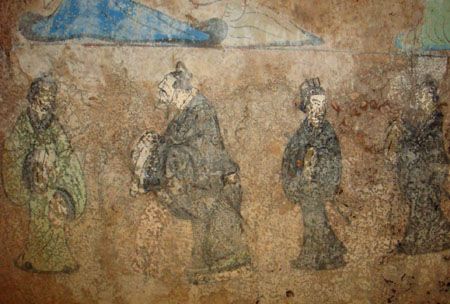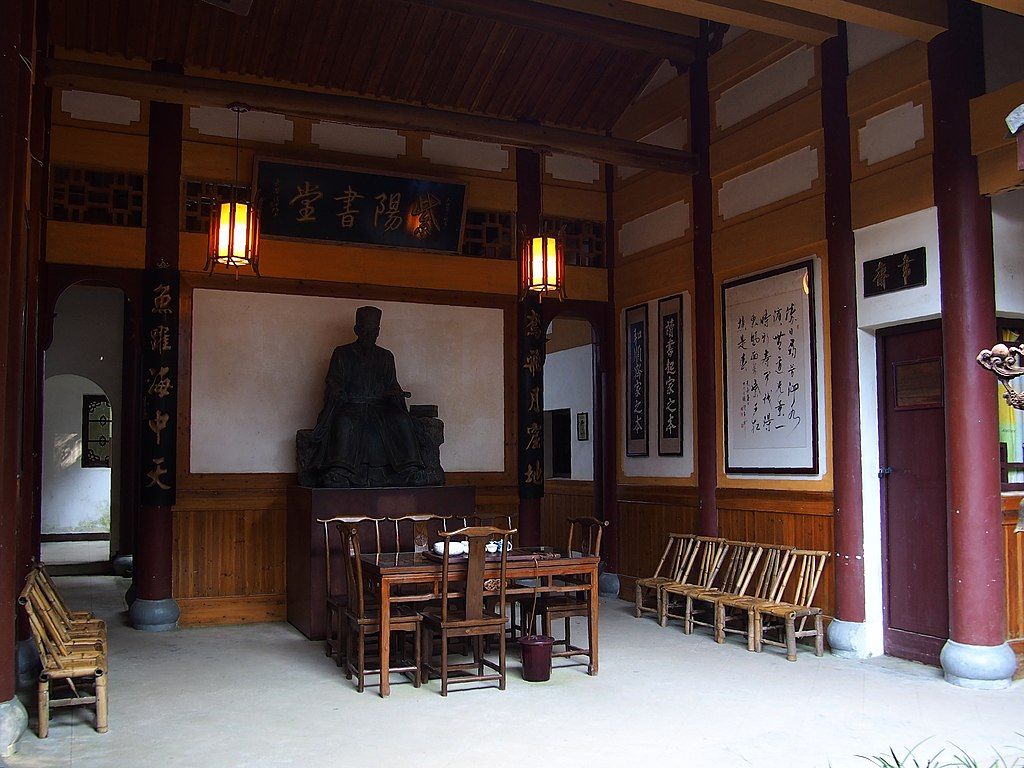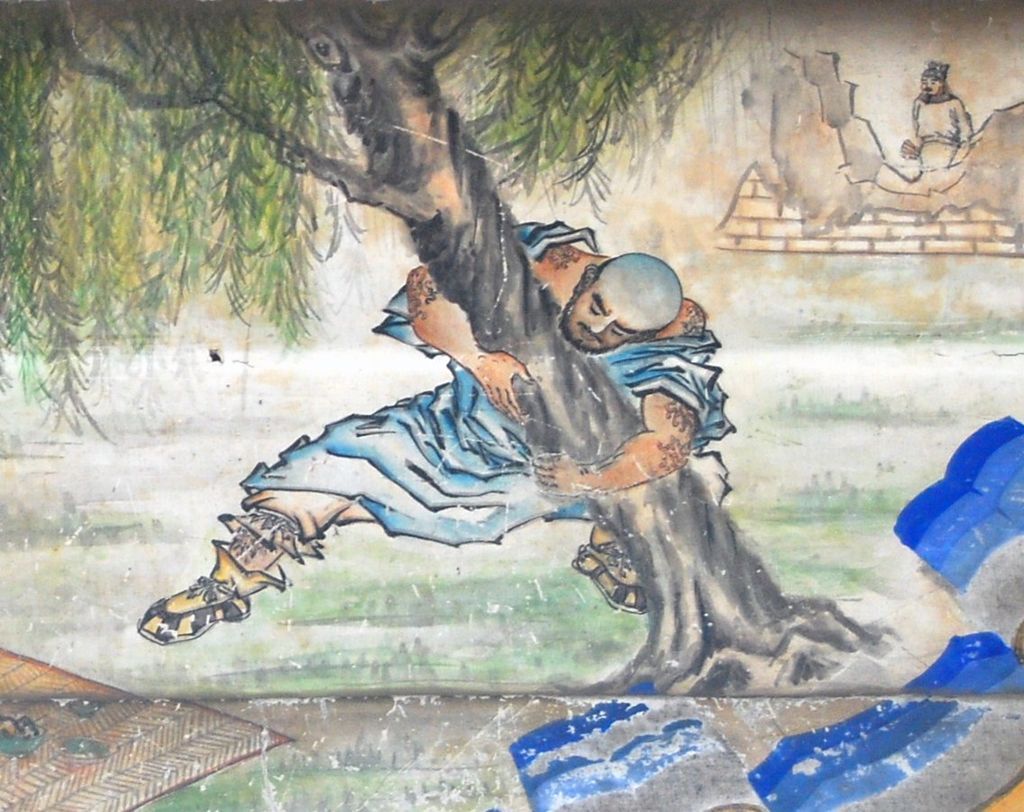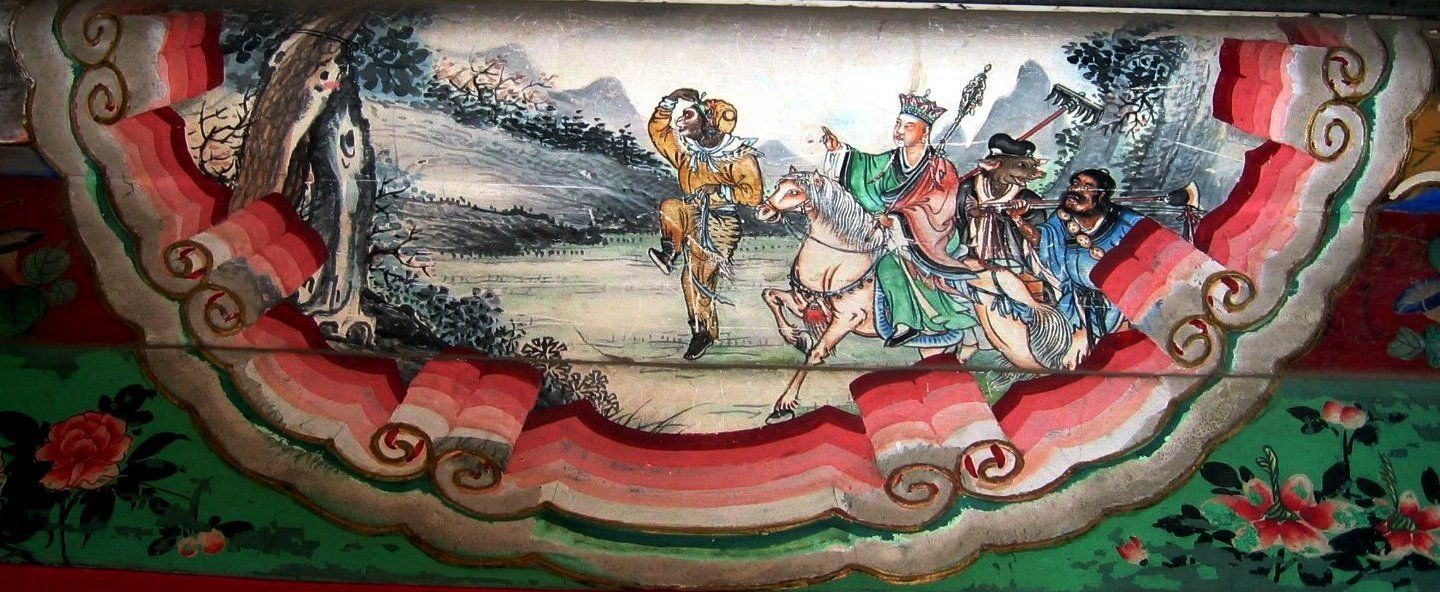Yi-Tao Bagua History: Third and Fourth Stage - Renaissance
Unravel the pivotal stages of the Yi-Tao Bagua history in this blog post. Journey from the first renaissance with Lao Zi and Confucius to the ebb and flow of its study in modern times. Join us as we bridge ancient wisdom and contemporary science.

The historical journey of Yi-Tao Bagua, an intriguing universe model that draws its roots from ancient Chinese philosophy, is a rich tapestry of intellectual pursuits, influential figures, and societal shifts. Woven into this tapestry are compelling narratives and profound lessons that are as relevant today as they were centuries ago. Our exploration today dives into the pivotal stages of this fascinating theory and its enduring implications on both academia and everyday life.
The Third Stage: The First Renaissance
The unfolding of Yi-Tao Bagua saw a significant surge in its third stage, a period marked by the towering intellects of Lao Zi and Confucius. These figures, by virtue of their immense wisdom and profound insights, represent what we can consider the first renaissance of this philosophy. Their contributions continue to echo in the corridors of intellectual discourse and introspection.

The Fourth Stage: The Second Renaissance
Following the third stage, the fourth stage unfolded, considered as the second renaissance of the study of Yi-Tao Bagua. This stage was defined by the Confucianists of the Song Dynasty, most notably Shao Yong, Zhou Dunyi, the two Chengs, and Zhu Xi. Of these brilliant minds, Shao Yong was recognized for achieving the most significant advancements.
Notes:
The two Chengs refer to Cheng Hao (1032-1085) and Cheng Yi (1033-1107), philosophers of the Northern Song Dynasty (960-1127) of China. Cheng Hao also went by "Lord Ming Dao," and his brother Cheng Yi, "Lord Yi Chuan". They were collectively called "the two Chengs". Along with their master Zhou Dunyi, they pioneered the doctrine of Li (Principle). Their works were later compiled into the "Er Cheng Quan Shu" (Complete Works of the Two Chengs).

Despite the subsequent decline in Yi-Tao Bagua's comprehensive study since the Song Dynasty, the theory's remnants were widely studied among the populace. For instance, some fascinating findings on Bagua's numerology were described in popular novels.
In the Shui Hu Zhuan (Water Margin or Outlaws of the Marsh), the number 108, considered an "odd number," is used to order the Liang Mountain's 108 marsh heroes. Furthermore, Xi You Ji (Journey to the West), a captivating tale of pilgrimage, references numerous numerological patterns such as the 36 and 72 changes. These numbers, in essence, can be seen as the results of Bagua numerology studies.

Notes:
Shui Hu Zhuan (Water Margin or Outlaws of the Marsh): One of the four masterpieces of classic Chinese literature, written by Shi Nai'an (c. 1296- c. 1370). This novel narrates the story of a large peasant rebellion that occurred between the Song (960-1279) and Yuan (1271-1368) dynasties, vividly describing the struggle of the 108 peasant heroes against the feudal class.
Xi You Ji (Journey to the West): Another one of the four masterpieces of classic Chinese literature, written by Wu Chen'en (c. 1510-1581). It is a mythological novel created based on popular myths and legends. The story revolves around the Buddhist monk Tang Xuangzang and his three disciples' pilgrimage through the western routes in search of sacred Buddhist scriptures. The Monkey King, the most popular legendary character in China, is the main protagonist.

A Century in Review: The Ebb and Flow of Yi-Tao Bagua
The study of Yi-Tao Bagua in the last century experienced significant fluctuations. A pronounced decline was observed, particularly from the late 1940s to the mid-1980s, when the study of Yi-Tao Bagua nearly ground to a halt.
In spite of this, the Yi-Tao Bagua model and the Arrow-One universal law continue to capture imaginations and stimulate critical thought. By interpreting ancient wisdom through the lens of modern science, we not only pay tribute to our intellectual forebears but also pave the way for a more enlightened understanding of the universe and our place within it. This approach underscores our commitment to bridge the past and the present, the mystical and the logical, thereby nurturing a more comprehensive perspective that can enrich various academic domains and life itself.
Together, let's delve deeper into the timeless wisdom of Yi-Tao Bagua and explore its potential to illuminate the cosmic truths that govern our universe.

Continuing the Journey Together
Unraveling the complexities of the universe is a journey best embarked on together. Your insights, experiences, and queries breathe life into our discourse and lead us down new avenues of exploration. We welcome your engagement and active participation in this journey.
So, what are your thoughts on the renaissances and the ebb and flow of Yi-Tao Bagua study? What modern applications of this ancient wisdom can you envision? We are eager to hear your ideas!
Feel free to leave your comments below or share this post with others who might find it intriguing. Together, we can continue to unlock the secrets of the universe and shed light on the hidden wisdom of the past.
Let's continue our quest for cosmic truth. Remember, every thought and perspective matters in this grand exploration. Engage with us now and become an integral part of our community of knowledge-seekers.
